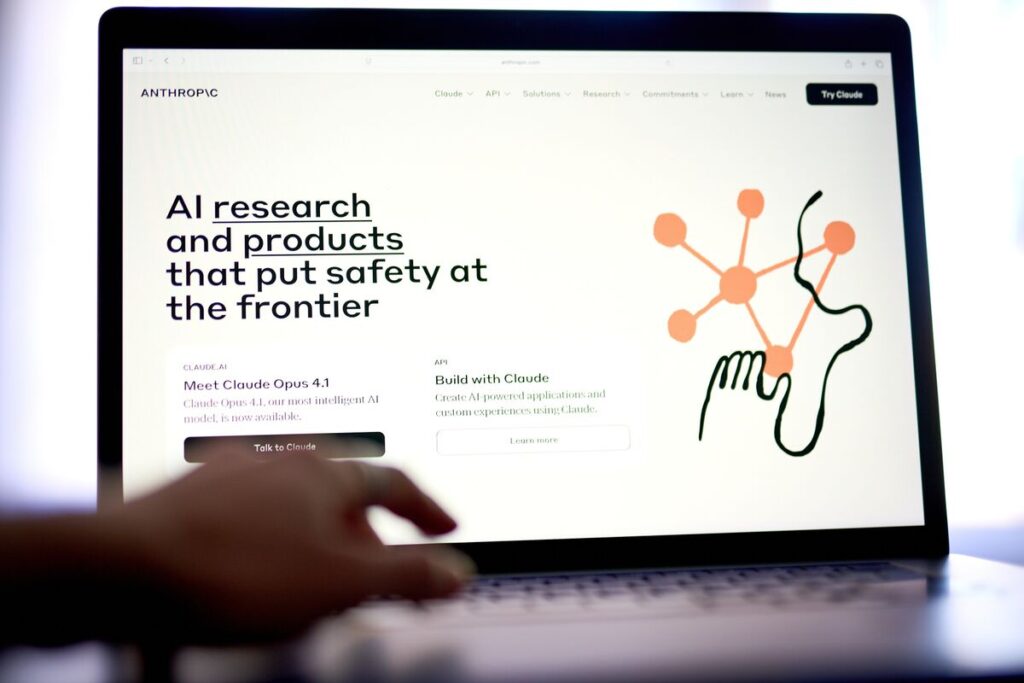OpenAI and Anthropic, two leading entities in the field of artificial intelligence (AI), have recently engaged in a notable collaboration aimed at assessing each other’s models. This unique initiative reflects a growing recognition within the AI community of the importance of cross-evaluation to identify potential oversights and enhance the overall safety and utility of AI systems. The exchanges reveal insights that are valuable not only to the entities involved but also to leaders across small and medium-sized businesses (SMBs) and automation specialists.
Both companies disclosed their findings in detailed blog posts, emphasizing the evaluations conducted over the summer. OpenAI examined Anthropic’s publicly available AI models, while Anthropic reciprocated by evaluating OpenAI’s offerings. The primary focus of these evaluations was twofold: to assess the safety of these models and to scrutinize any tendencies toward generating inaccuracies or misalignments—situations where the AI’s outputs diverge from user intentions. Such evaluation processes are becoming increasingly critical in a landscape where AI technologies must be rigorously tested for reliability, particularly as they are integrated into business operations.
In terms of strengths, OpenAI has established a strong reputation for the capabilities of its models, notably in natural language processing and comprehension. Their applications have shown a nuanced ability to generate human-like text, enabling businesses to automate customer interactions, content creation, and data analysis with remarkable efficiency. The advanced algorithms underpinning OpenAI’s models often result in richer outputs, making them particularly appealing for businesses seeking to enhance user engagement through dynamic, conversational interfaces.
Conversely, Anthropic’s core strength lies in its commitment to safety and alignment. As a company founded by AI researchers motivated by the ethical implications of technology, their models are developed with an intrinsic focus on user alignment. This focus can mitigate risks associated with AI misbehavior, an increasingly pertinent concern for businesses looking to deploy AI solutions that minimize potential backlash or errors. Anthropic’s methodologies prioritize transparency and user feedback, enhancing trust in AI systems.
However, there are weaknesses inherent to both platforms. OpenAI’s models, while powerful, can sometimes produce outputs that, although coherent, may lack factual accuracy. This propensity for generating “hallucinations” could be problematic, particularly in business contexts where decision-making relies on the veracity of the information. Moreover, concerns around usage costs can also arise; the sophisticated capabilities often come at a premium, which may limit accessibility for some SMBs.
On the other hand, while Anthropic emphasizes safety, its models may not showcase the same level of versatility or richness in language understanding as OpenAI’s tools. This may lead to less engaging interactions, which could be detrimental in customer-facing applications where businesses increasingly rely on nuanced communications to build relationships and drive sales.
When considering costs and ROI, both platforms warrant careful examination. OpenAI’s pricing structure can be seen as a reflection of its advanced capabilities, but this may pose challenges for budget-conscious SMBs. Conversely, Anthropic’s model may present a more budget-friendly option, especially for companies prioritizing safety and alignment over cutting-edge generative capabilities. However, any potential cost savings could be offset by the need to invest in additional measures to enhance performance and user experience.
Scalability is another critical factor in the examination of these AI platforms. OpenAI’s extensive features are tailored for scalability, allowing businesses to expand usage as their needs grow. The architecture supports integration into various workflows, facilitating a seamless increase in operations without significant additional investments. Anthropic, while also scalable, may require alternative strategies as modifications and adjustments could be needed to fully align its offerings with evolving business requirements.
The recent evaluations by OpenAI and Anthropic underline a vital trend in the AI landscape: the necessity for rigorous testing and cross-collaboration among industry players to foster innovation and trust. By sharing insights and findings, these companies not only bolster their own reliability and effectiveness but also contribute to a broader discourse on best practices for AI integration in business environments.
For SMBs contemplating the adoption of AI solutions, the key takeaway is to conduct thorough due diligence when selecting a platform. Decision-makers should assess the specific needs of their organization against the strengths and weaknesses of available options. OpenAI may be ideal for those prioritizing high-quality natural language output, whereas Anthropic may appeal to businesses focusing on safe and secure integrations.
In future transitions to AI and automation, it will be crucial for businesses to remain vigilant about the evolving capabilities of these technologies. By fostering a culture of continuous learning and adaptation, leaders can not only enhance operational efficiency but also ensure ethical considerations remain front and center.
FlowMind AI Insight: The landscape of AI tools is evolving rapidly, prompting SMB leaders to prioritize safety, scalability, and usability in their technology selections. Engaging in collaborative evaluations can illuminate paths to optimized decision-making, ensuring that investments in AI yield meaningful returns.
Original article: Read here
2025-08-27 07:00:00

